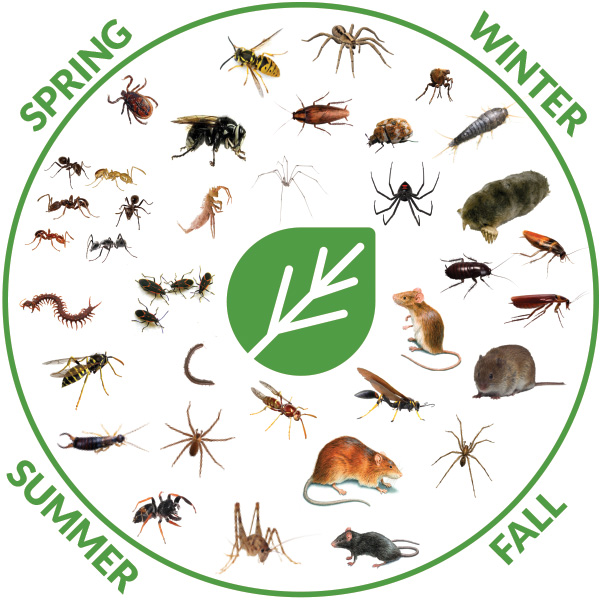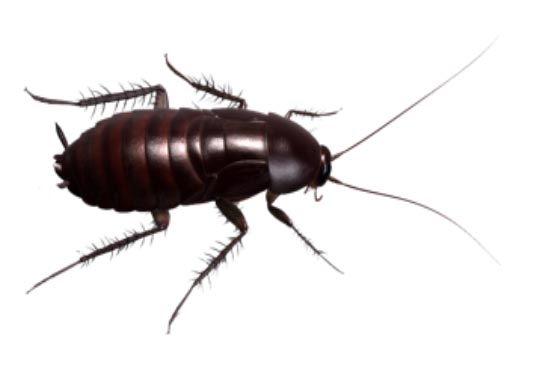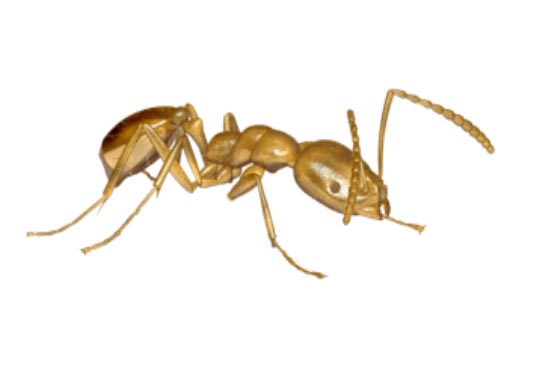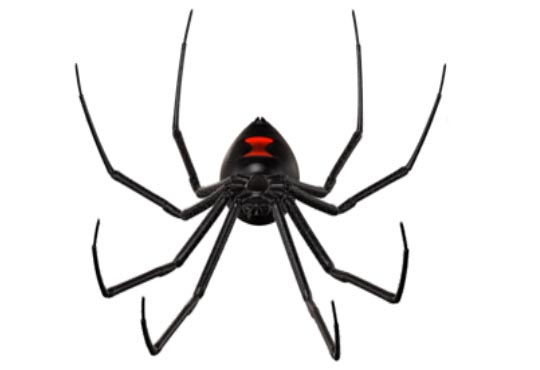Identify Your Problem
Pests are a seasonal thing… but unfortunately, they’re not all on the same schedule. They’re constantly seeking shelter and food, making your home susceptible to infestation all year round. As temperatures change, pests react differently.
That’s why it’s so important to understand which invaders to be aware of throughout the entire year.You can count on a Nomo professional to help identify your pest problems… but more importantly, your pest solution! Let us come out and take a look. Contact us today to get your first service scheduled.


American Roach
Usually between 1 - 1/2” long with red-brown wings, American cockroaches like to fly outside. They are scavengers with a special taste for warm damp places, water and alcoholic beverages. They like to eat decaying organic matter.

Argentine Ant
Averaging approximately 1/16” in size, Argentine Ants do not have stingers. They emit a stale greasy or musty odor when crushed. They are typically found in moist areas (such as kitchens and bathrooms) located near food sources. They build colonies under rocks and inside walls. Each female can lay one egg per day and they can live several years.

Bald-Face Hornet
Bald-Faced Hornets are protective of their nests and will sting repeatedly if the nest is physically disturbed. They are more aggressive than both the wasps normally called Yellow Jackets and members of the Vespa genus, and is not considered safe to approach the nest for observation purposes. The Bald-Faced Hornet will aggressively attack with little provocation.

Black Widow
Female black widows are about ½” long, black with a red hourglass marking on their underside. Webs are irregular. One egg sac can carry 150 eggs (disperse through ballooning). Their bites are toxic. If bitten, seek medical attention.

Boxelder Bugs
Boxelder Bugs are a nuisance in and around homes from fall through early spring. This bug is about ½” long as an adult, black with three lines on the thorax, a red line along each side, and a diagonal red line on each wing. The immature forms are smaller and are easily distinguished from the adults by their red abdomens and lack of wings.
